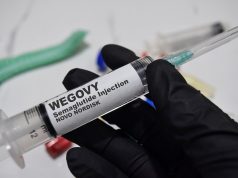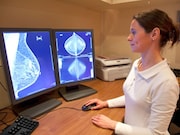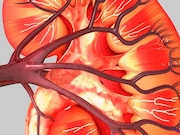One-Third of CVD in Blacks Attributable to Hypertension
Authors say efforts to maintain normal blood pressure may cut cardiovascular disease
Bans on Flavored Products Can Cut Any Tobacco Use in Teens
Reduced availability, decreased youth use seen within six months of policy's implementation
Family Involvement Cuts Postop Delirium in Older Patients
Patients in elder life program had less decline in physical and cognitive function, shorter length of stay
No Link Found Between Teen Contact Sports, Later Mental Health Issues
Football players actually are less likely to be depressed in early adulthood
American Society of Anesthesiologists, Oct. 19-23
ANESTHESIOLOGY 2019 The annual meeting of the American Society of Anesthesiologists was held from Oct. 19 to 23 in Orlando, Florida, and attracted...
HPV DNA Identified in Oral Cavity of 6.2 Percent of Teen Girls
Oral HPV detection decreased with number of years since first engaging in sexual activities
Delay of Surgery for DCIS Ups Risk for Invasive Breast Cancer
Each month delay increases risk for invasive cancer by 1 percent
Fewer Women Than Men Receive Kidney Replacement Therapy
Findings consistent across decades for nine European countries
Google Searches for CBD Up Substantially
Given public interest, CBD should be a public health priority to evaluate effects, safety, the authors say
Frequent Alcohol Drinking May Up Risk for New-Onset A-Fib
Amount of alcohol intake per drinking session was not associated with new-onset atrial fibrillation



















